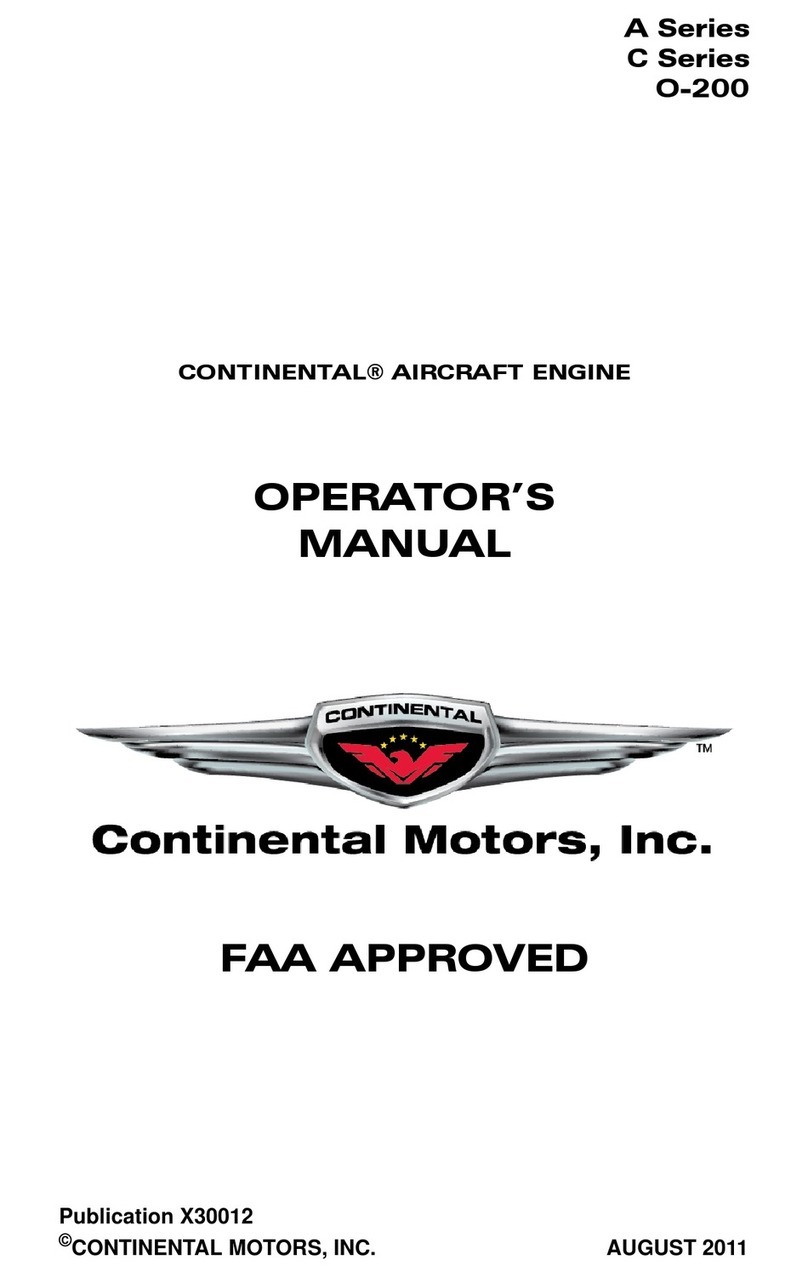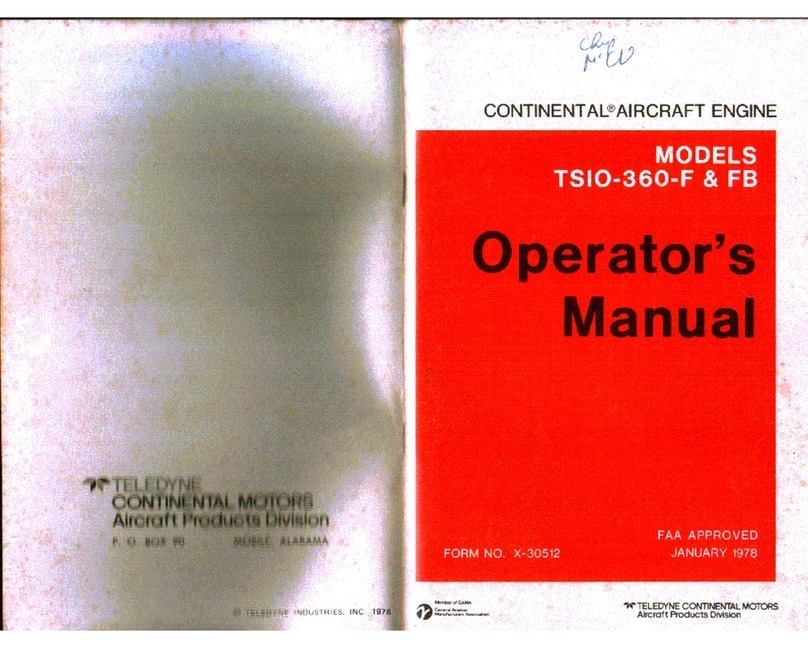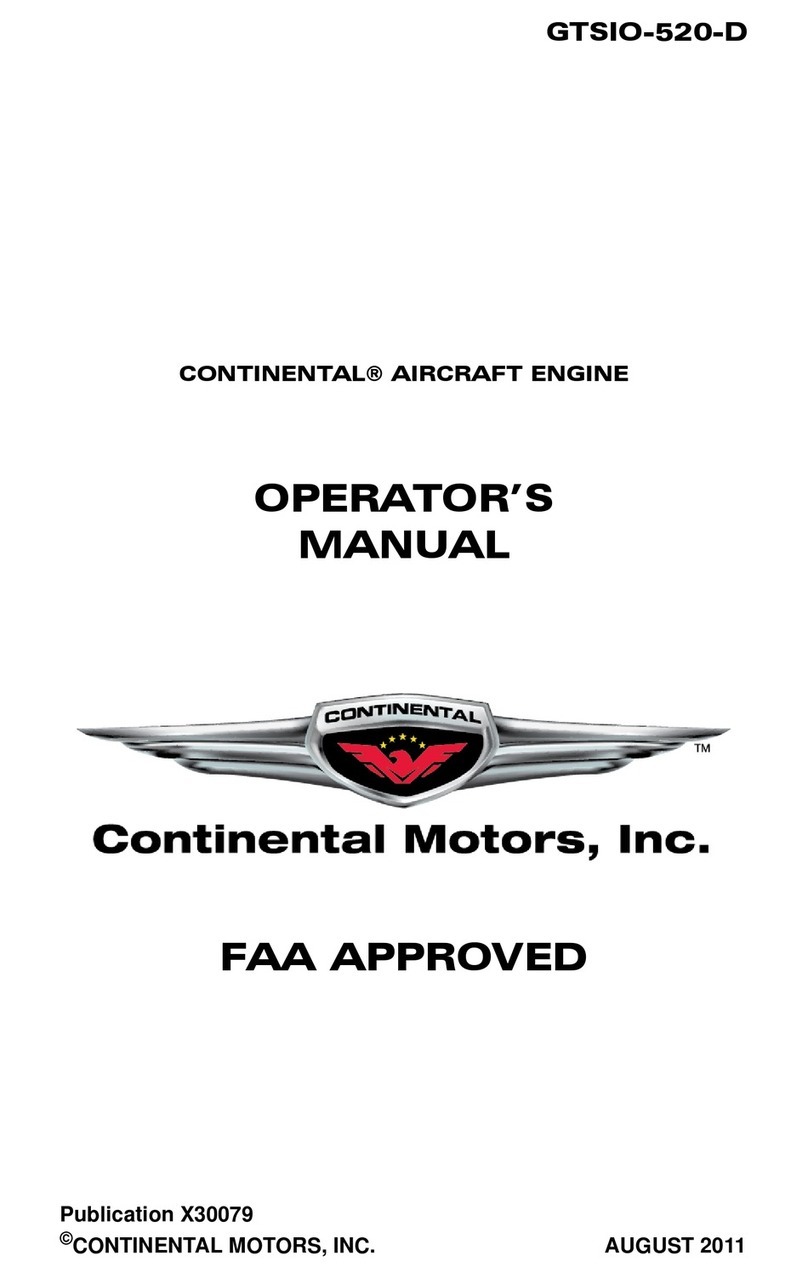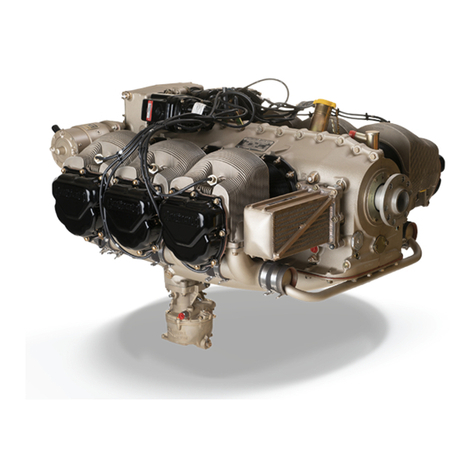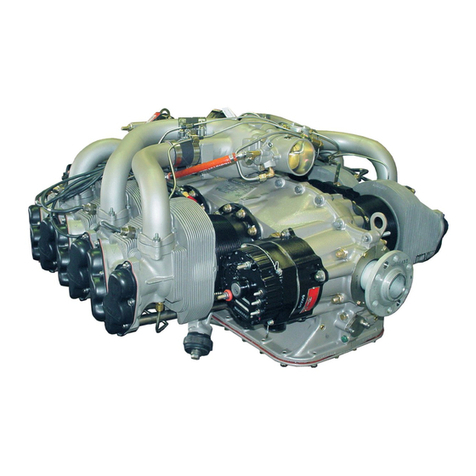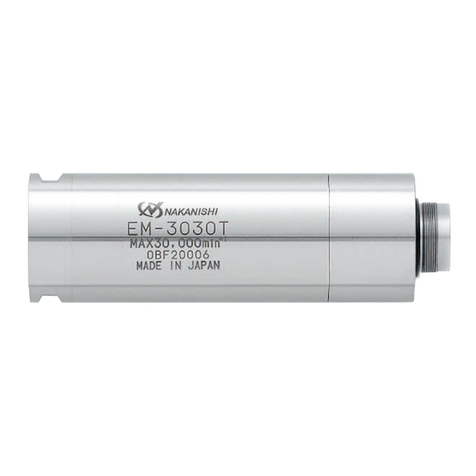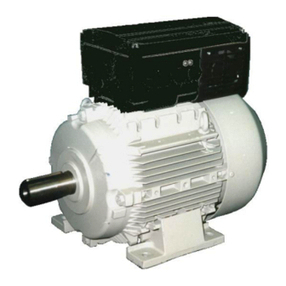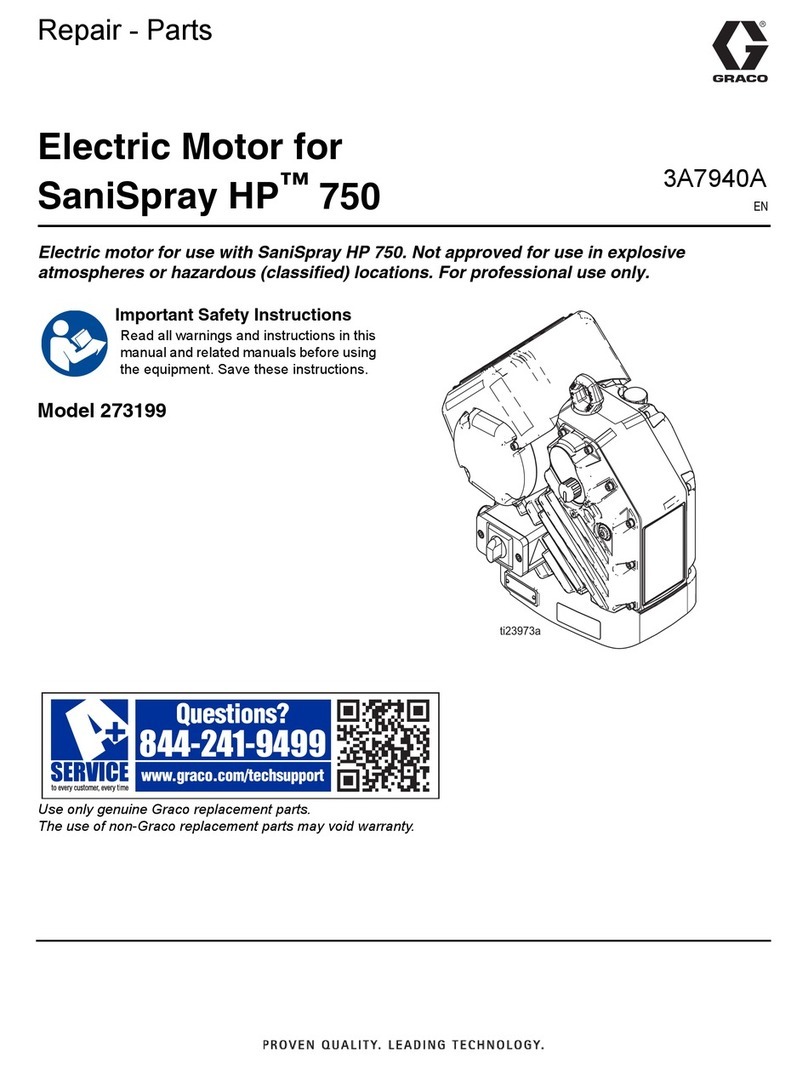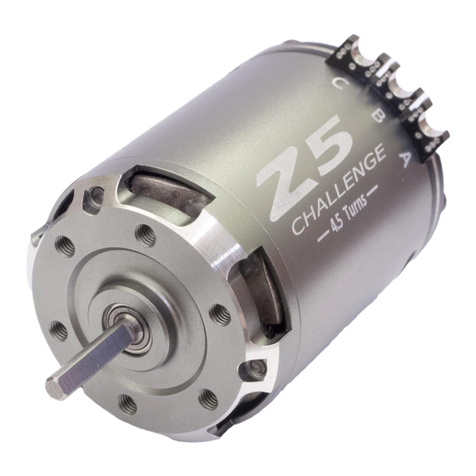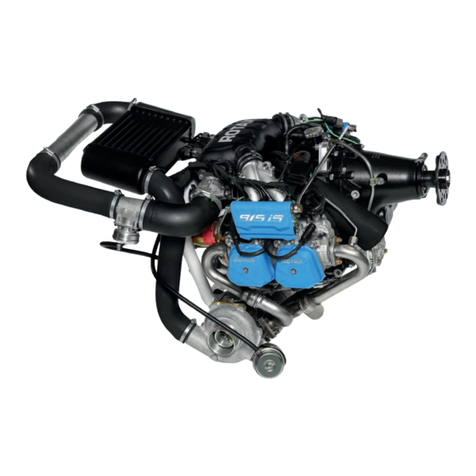
Replacement Parts
iv
WARNING
Use only parts meeting the engine type design.
Replacement Parts
Beware of replacement parts, materials and
accessories that may be sold as aircraft quality
but whose origin and quality are not known.
These parts may be deceptively advertised as
"unused," "like new," or "remanufactured," and
purchasers are often unaware that they are not
eligible for use on certificated aircraft. The
hazards involved in installing these types of
parts on your aircraft are obvious.
Know Your Supplier
Many original parts and components are copied
and the copies are sold at discounted prices for
installation on U.S. certified aircraft. An
original manufacturer's part is often used as a
guide to make duplicates that appear to be as
good as the original, but there are many
unknowns about the quality of design, materials,
and workmanship. Other factors that go into
quality parts are the degree of heat treating and
plating, and inspections, tests, and calibrations.
Unfortunately, a cheaply produced part that
looked "as good as the original" is usually found
out too late.
Federal Aviation Regulations FAR 43.13 and
FAR 145.57 specify performance rules for
replacement of parts and materials used in the
maintenance and alteration of United States
certificated aircraft. FAR 91.403, FAR 121.363,
FAR 123.45, and FAR 135.143 (a) holds the
owner/operator responsible for the continued
airworthiness of the aircraft, and that includes
the quality of replacement parts.
Identifying Approved Parts
Approved serviceable replacement parts are
identified by:
1. Federal Aviation Administration (FAA) Form
8130-3 Airworthiness Approval Tag. An
Airworthiness Approval Tag identifies a part or
group of parts that have been approved by an
authorized FAA representative.
2. FAA Technical Standard Order (TSO)
number and identification mark indicating that
the part or appliance was manufactured in
accordance with the requirements of FAR 21
Subpart O.
3. FAA Parts Manufacturer Approval (PMA)
symbol with the manufacturer's name, part
number, make and model of the type certified
product on which the part can legally be
installed stamped on the part. An FAA/PMA is
issued under FAR 21.305. Make and model
information may be on a tag attached to the part.
4. Shipping ticket, invoice, or other document
which verifies that the part was manufactured
by a facility that was holding an FAA Approved
Production Inspection System Certificate issued
under FAR 21 Subpart F, or by a manufacturer
holding an FAA Production Certificate issued
under FAR 21 Subpart G.
5. Certificate of airworthiness for export issued
by governments in countries other than the
United States of America under the provisions
of FAR 21 Subpart N.
It's Your Responsibility
The owner/operator is responsibile for the
continued airworthiness of the aircraft. In
accordance with FAR, certification of materials,
parts and appliances for return to service for use
on aircraft is the responsibility of the
person/agency who signs the approval. To
insure the continued safe operation of your
aircraft, you must exercise great care when
inspecting, testing, and determining the
acceptability of all parts and materials. A very
important part of this is verifying the origin of
all materials, parts, and accessories that are used
on your aircraft.


